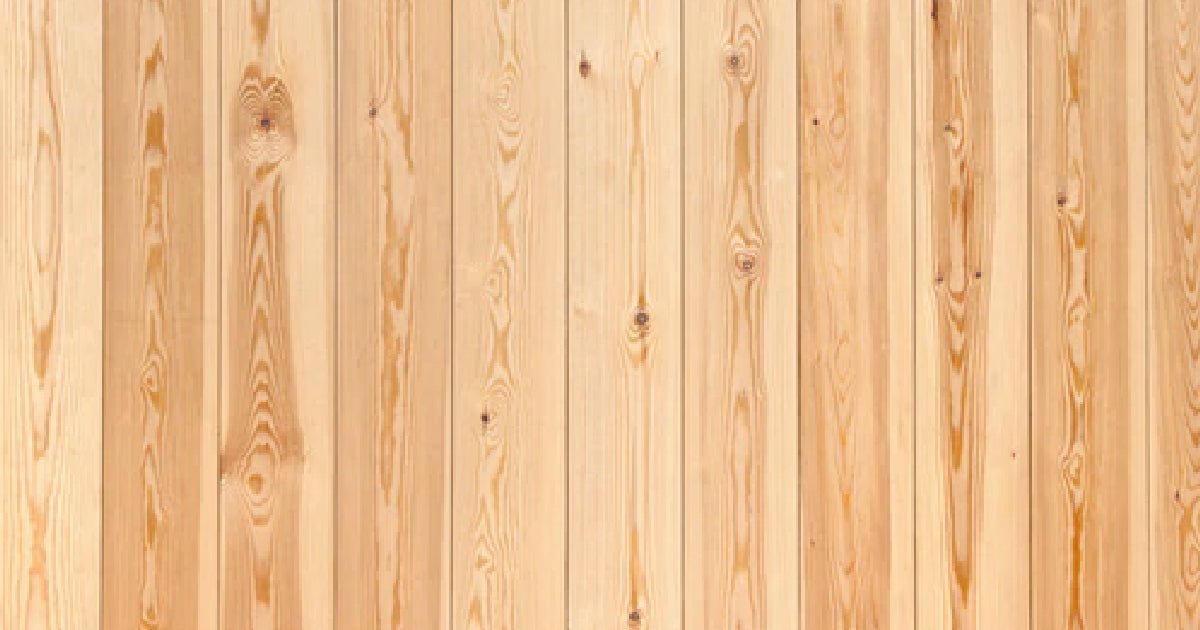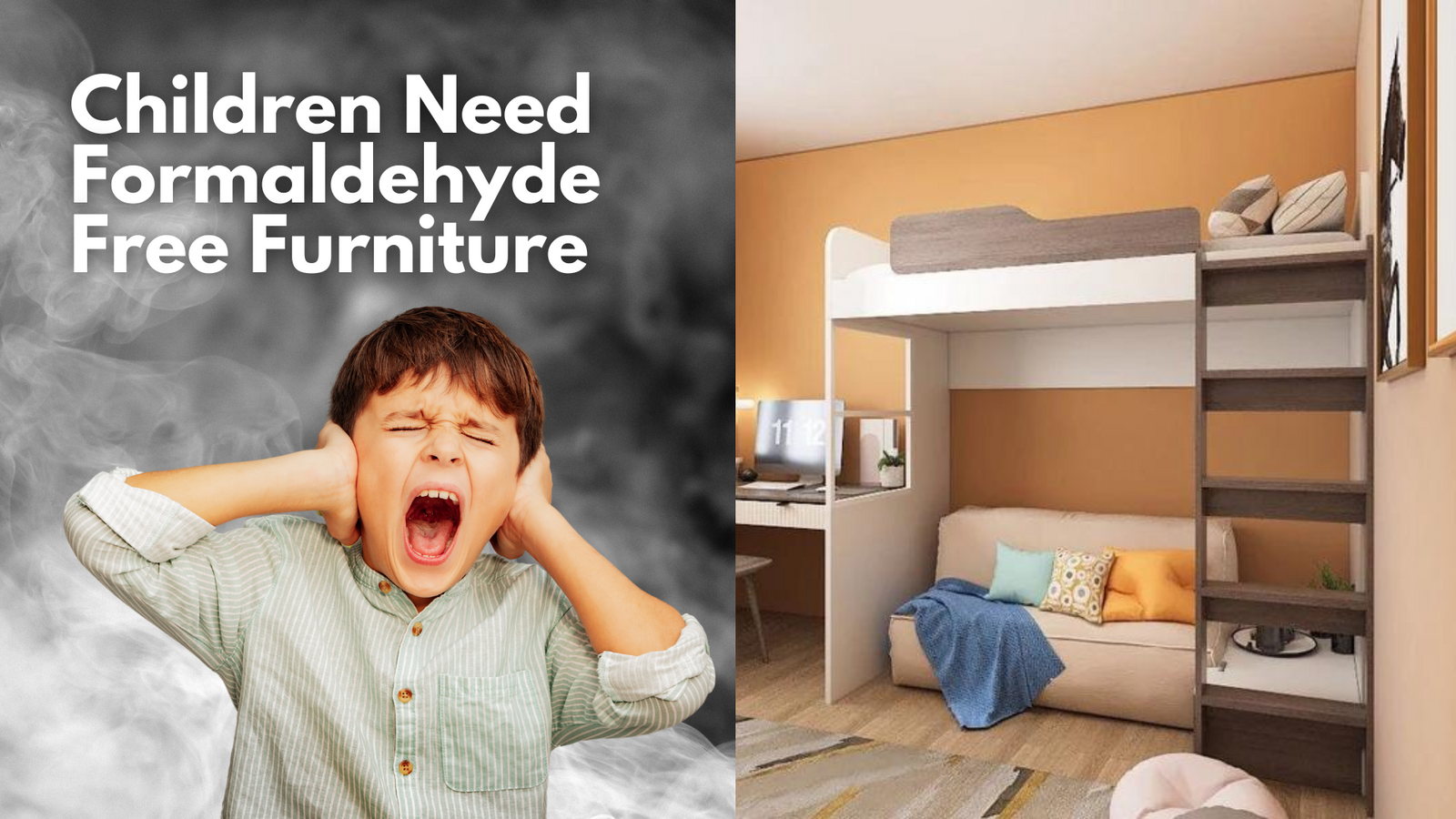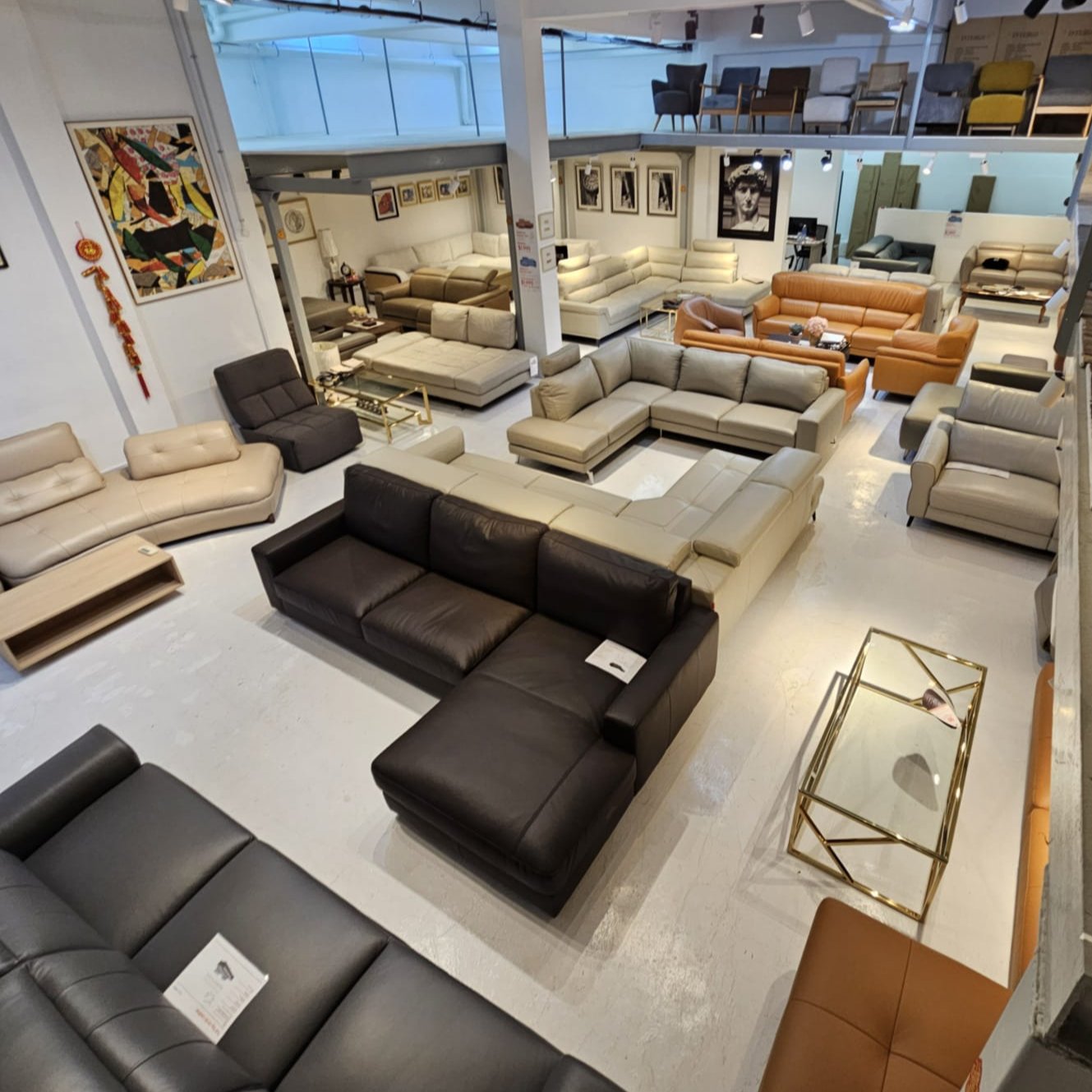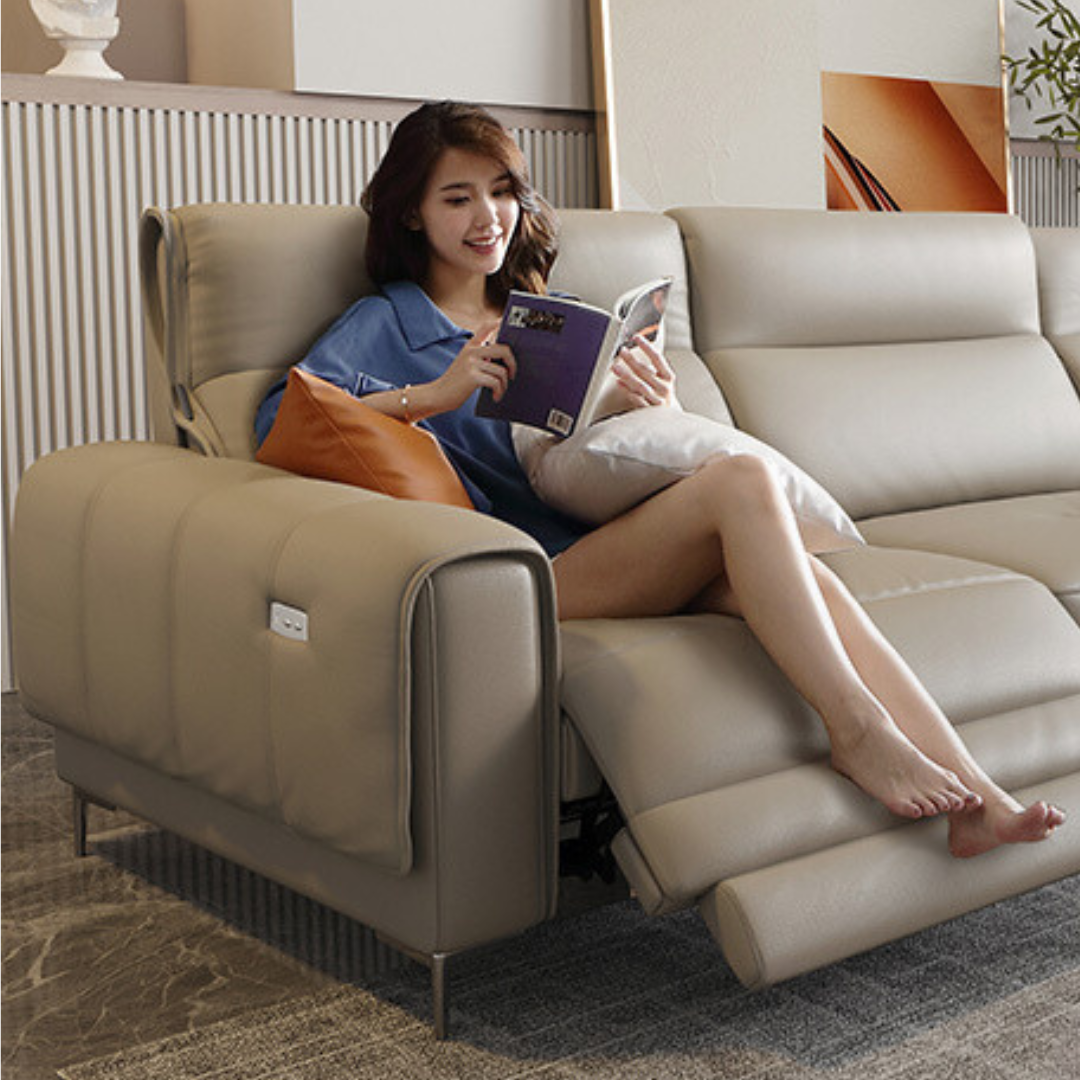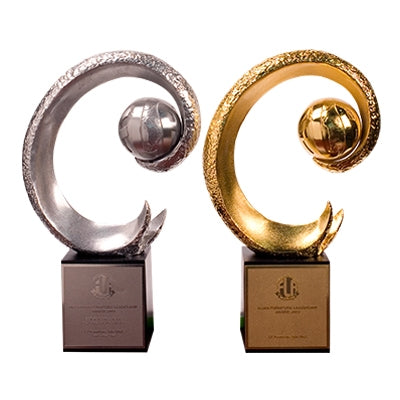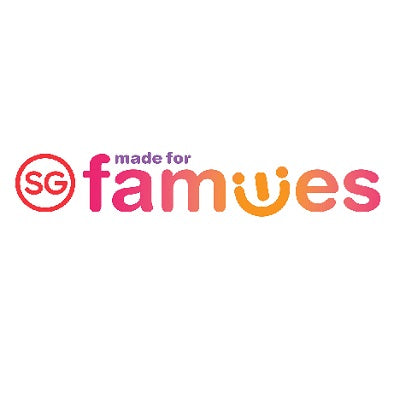Pine wood is gaining popularity as a reliable material for furniture, promising cheap and pretty tables, beds, chairs and more suitable for modern homes. Its light wood shade with prominent grain and darker knots make for aesthetic pieces, but little is known that pine is a softwood variant and is especially dangerous when built for baby cots. Its softer nature and low wood density pose many risks for parents and adults alike.
Read on to know why as Singapore’s No. 1 Solid Wood Furniture company, we are taking a strongAnti-Pinewoodstance.
Pine Baby Cots - Not Weather-Resistant For Singapore
Pine is a low density wood, which means its porous nature readily absorbs moisture in the environment and retains it, leading to mould and bacteria growth. The last thing you need is to deal with rotting wood!
The material easily shrinks and swells, which weakens the joints and ruins the paint coating in a short time. If your baby furniture is made of pine, it will look unsightly and bad for your growing little ones who are in their bed-wetting stage.
The high maintenance obligation that comes with pine furniture is too much for busy working adults who need a peace of mind. Even though it is cheap, the work it takes to preserve its charm is not worth it.
In Singapore’s hot and humid weather, pine wood just doesn’t make the cut. Shop for solid and chip-resistant rubberwood baby cots that withstand our tropical climate.
Poor Child Safety Concerns - Pine Baby Cots
Wood knots, the curves and bends in the wood grain, are highly sought after in solid wood furniture. While wood knots carry visual appeal, they adversely affect wood strength. Knots are actually defects that weaken lumber, especially when high tension or pressure is applied.
Pine has excessive knotting and is not suitable for furniture where structural strength is important, such as baby cots. It will be more susceptible to cracking, jamming, scratching, chipping, splitting and denting which endangers your child and keeps you on edge for faultiness. It will be a choking hazard for your teething kids!
Furthermore, in Europe, pine wood is used as firewood for fuel and kindling, not for furniture. If you’re looking to purchase a long-lasting, reliable and quality piece to hand down to your next of kin, pine is not the answer.
When you're shopping at Picket&Rail, our solid wood baby cots adhere to the strictest US/EU safety standards.

Pine Baby Cots Are Not Eco-Friendly
When just 8% of the world’s forests are protected from destruction, consumer demand for wood needs to change. Pine is touted as an eco-friendly wood because it is fast growing and used for cheaper furniture, but this material is proven to not last very long.
Pine furniture is damaged easily so it needs to be replaced often, thus increasing manufacturing quantities and in return, increasing its carbon footprint. Its lower price point means consumers take pine furniture for granted and would rather purchase another piece than doing the maintenance work. Moreover, pine trees are not a native plant in the equatorial region, thus transportation incurs extra costs while emitting excessive greenhouse gasses.
If you want to go green, reject pine wood! go for woods that are longer lasting.
Low Style Versatility
Pine is a naturally light wood colour and is stained in dark brown to obtain an oak shade. Stained pine wood is usually sold in Singapore because it masks defects really well and it emulates expensive solid walnut wood furniture.
When pine furniture is exposed under UV for long periods of time, extreme discolouration will occur and it will not match with the rest of your interiors. Even if oil-based paint was used as a finish, the swelling and shrinking of the wood in our humid weather will cause paint cracking that is hard to restore.
If you’re paying a premium price for pine furniture, it’s time to dig deeper and fork out a little more for stable, hardwood solid wood baby and kids furniture that lasts longer!

